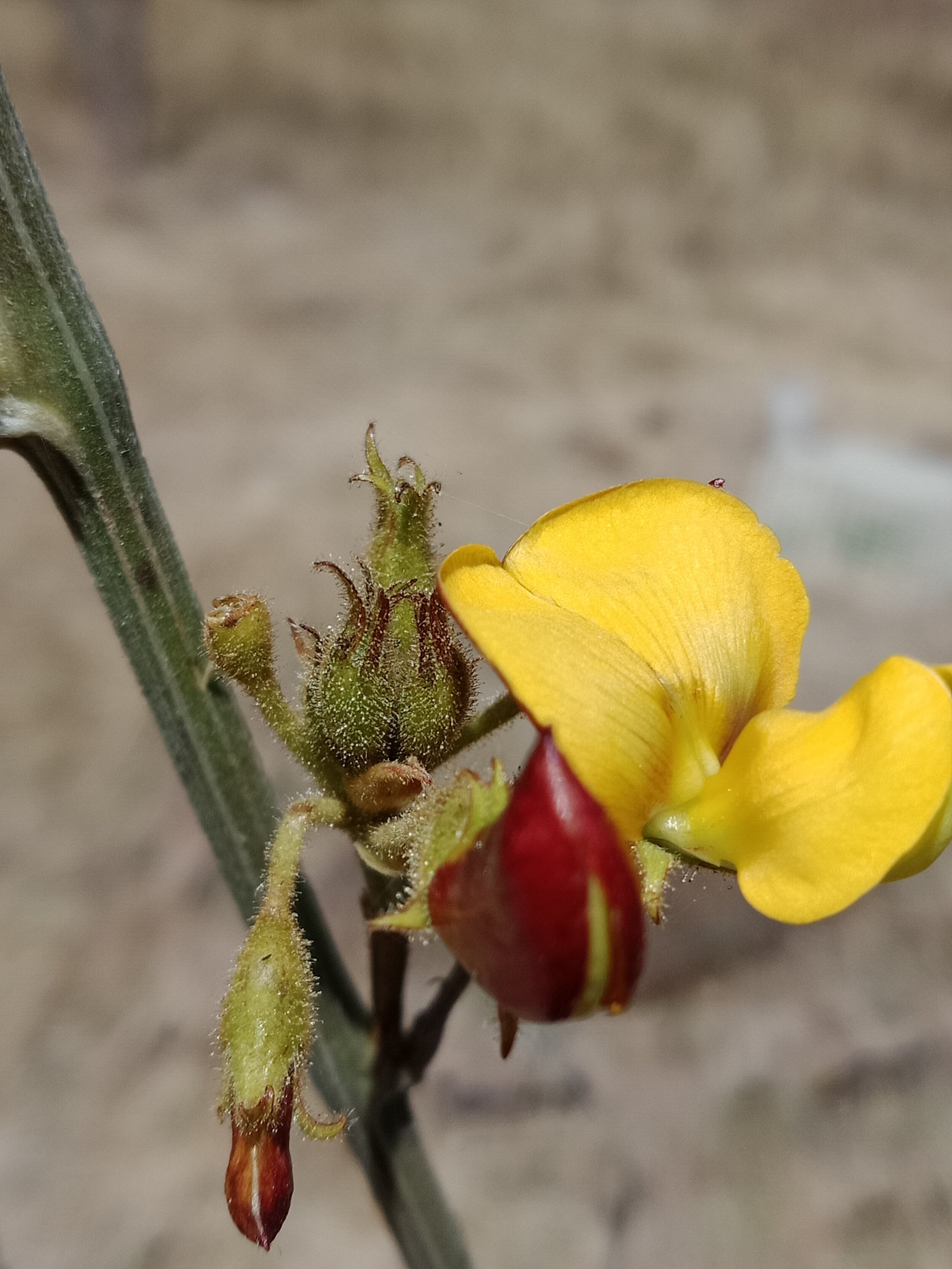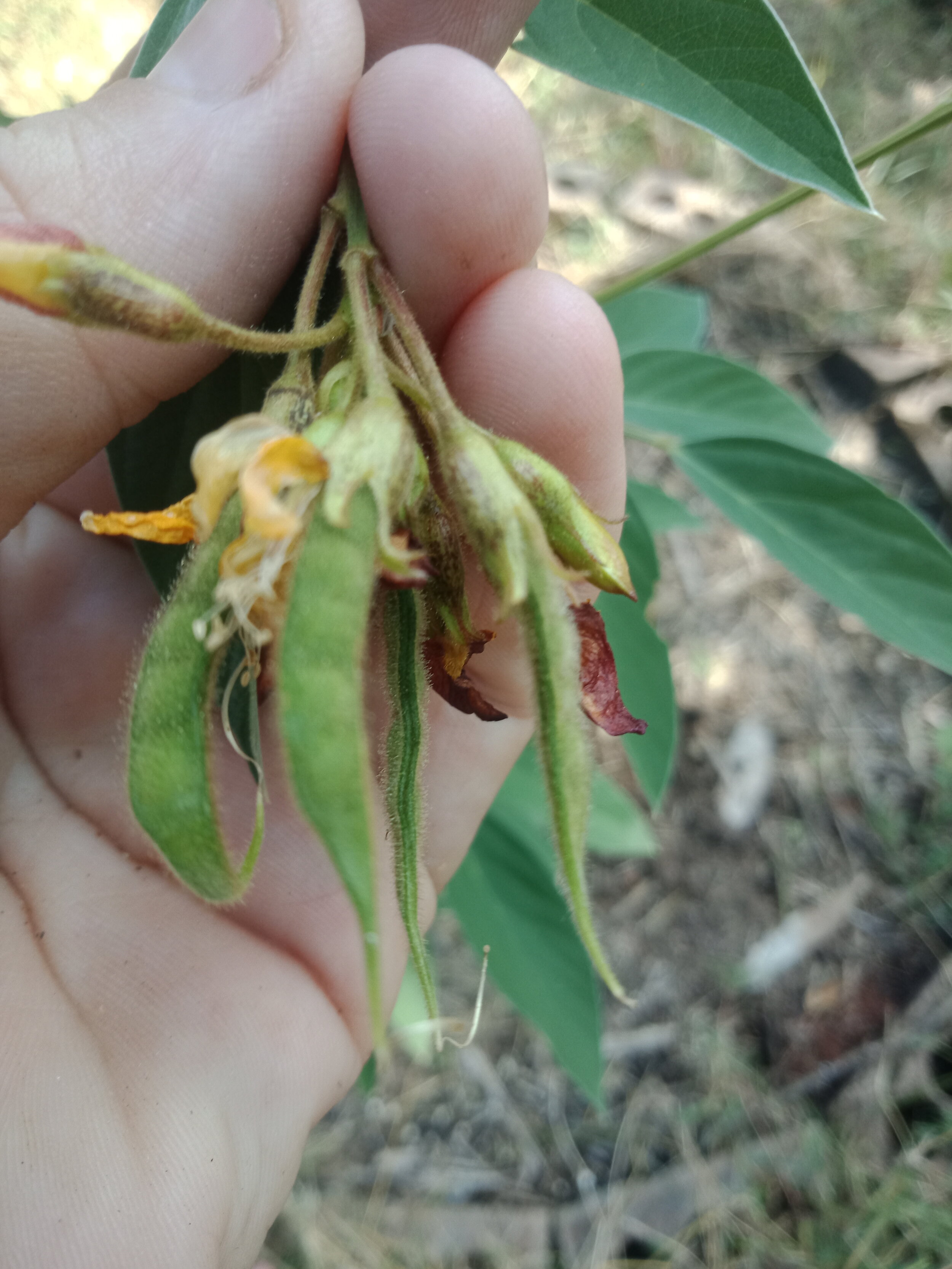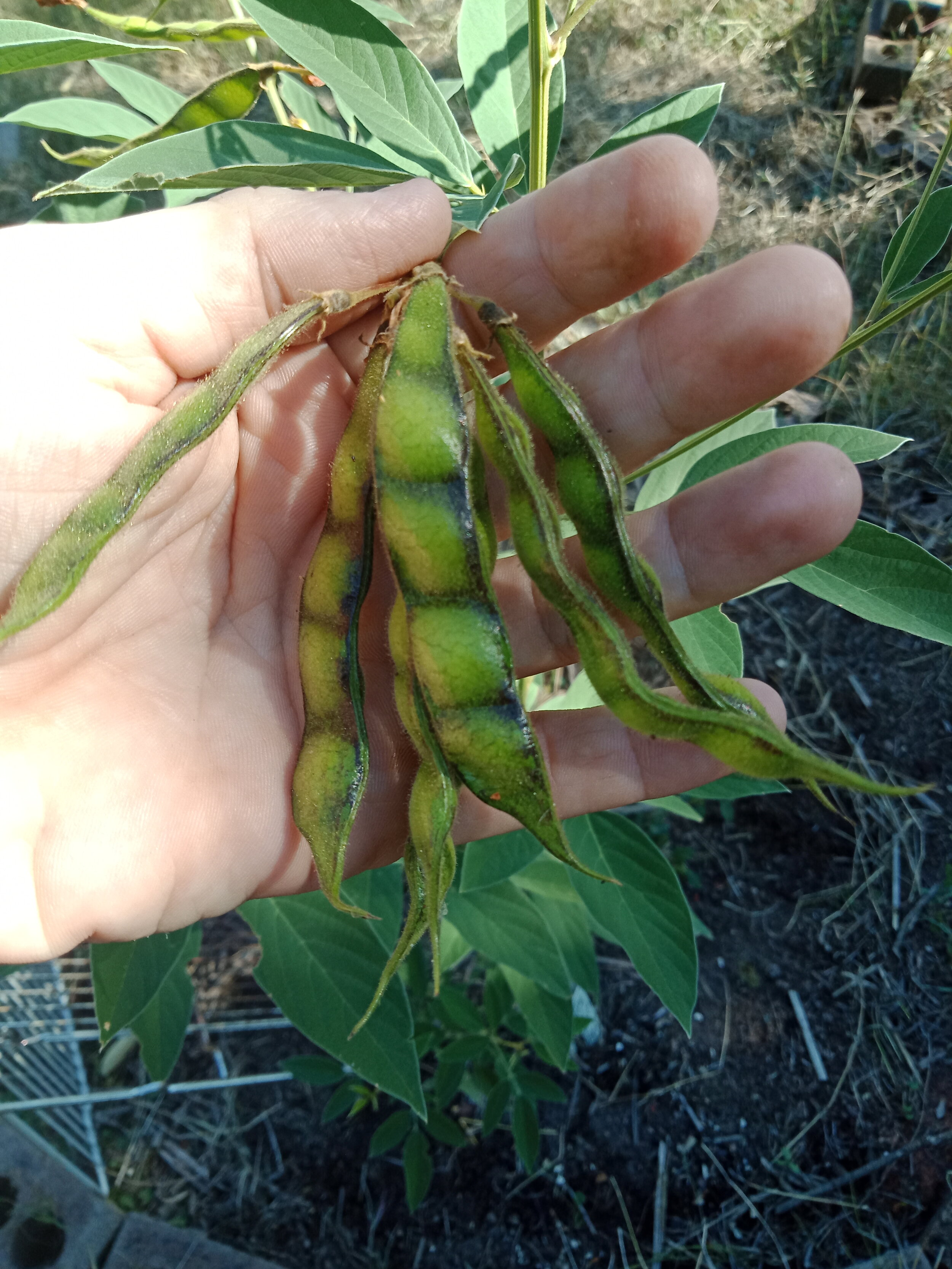Pigeon Peas
If you’ve ever done a search online for so called “Permaculture Plants” there is little doubt you’ve heard of Pigeon Peas, or Cajanus cajan. But what is it and why has it gained such popularity as a food forest plant?
Growing Conditions
Pigeon Peas are a perennial legume that thrive with very little care in sub-tropical and tropical areas. They can tolerate cooler climates but are generally grown as an annual as heavy frosts will kill them, however many people choose to treat the plant as an annual regardless of where they grow, as it is purported that they live about 5 years with the first years harvest being the best and declining over time. Pigeon peas popularity is likely won by how low fuss it is, tolerating less than optimal growing conditions (including drought) and poor soils all whilst simultaneously improving the soil.
Usage






As a legume, pigeon peas have the benefit of helping fix atmospheric nitrogen into the soil through a symbiotic relationship with bacteria. This also makes them an awesome ‘chop ‘n’ drop’ crop for adding nutrients and mulch cover to your garden.
They can be used to create microclimates in a garden, adding shade where necessary or a windbreak.
Some people like to use them as a living garden stake/trellis, opting to grow tomatoes or beans up them as a dual crop that can then be cut down upon crop completion rather than struggling to detangle dead material.
The whole plant can be used as an animal fodder plant for poultry, cattle and pigs.
The peas are 25% protein that can be eaten fresh (although are a bit astringent) or treated as a pulse and is commonly used to make Dhal.
The plant can be used to create a hedge, or a “fedge” (food hedge).
The bright red and yellow flowers attract a great number of bees.
The dried peas can be ground down into a flour.
Thicker stems of the plant can be used as a firewood.
It can be used as a sacrificial plant for bugs when farming other more susceptible crops (such as cotton)
Propagation
Pigeon Peas grow very readily from seed to a level they can become somewhat weedy if not kept in check, however the seedlings are easily pulled from the ground.
Pests and Diseases
I’ve personally found Giant grasshoppers (Valanga irregularis) have a fond interest in eating the greenery of Pigeon Peas, however never to an extent that has caused noticeable damage. However I do find that ads a level of attraction for keeping Pigeon Peas growing amongst a chicken coup as they can eat the plant and the attracted grasshoppers.
Some aphids have also been spotted on my Pigeon Pea plants however as I maintain a good amount of lady beetles they are rarely of concern to me.
There are some caterpillars that bore through the seed pods to eat the peas which bagging may help prevent however from my experience the plant produces enough to go around (a factor that commercial farmers may feel differently about).
Read More:
Green Harvest
